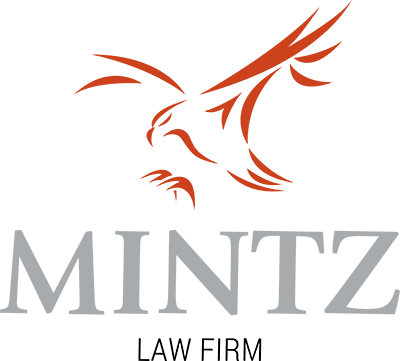Breaking Down Insurance Coverage Gaps When Seeking Compensation in a Personal Injury Claim

After a serious injury, discovering insurance coverage gaps can be a devastating setback on your path to recovery. These gaps occur when insurance policies don’t fully cover your damages, leaving you potentially responsible for significant medical expenses and other losses. Understanding these coverage limitations before filing a claim can help you develop a comprehensive strategy to maximize your compensation.
At Mintz Law Firm, we’ve helped countless Colorado injury victims navigate the complex landscape of insurance coverage and find ways to secure the compensation they deserve, even when facing policy limitations.
Common Types of Insurance Coverage Gaps in Personal Injury Claims
Insurance coverage gaps can appear in various forms and often catch injury victims by surprise. Being aware of these potential shortfalls can help you anticipate challenges in your claim.
Policy Limits Too Low for Your Damages
One of the most common coverage gaps occurs when the at-fault party’s insurance policy limits are insufficient to cover your total damages. Colorado only requires drivers to carry liability insurance of $25,000 per person for bodily injury, which can be quickly exceeded after a serious accident. When your medical bills, lost wages, and pain and suffering exceed these limits, you may face a significant shortfall.
Exclusions in Insurance Policies
Insurance policies often contain exclusions—specific situations or types of damages the policy won’t cover. For example, some homeowner’s policies exclude certain dog breeds from liability coverage, leaving owners fully responsible for dog bite injuries. Understanding these exclusions is crucial when pursuing compensation.
Multiple At-Fault Parties and Proportional Coverage
In accidents involving multiple at-fault parties, insurance coverage can become complicated. Each party’s insurance may cover only their portion of liability, requiring you to file multiple claims and potentially face multiple coverage gaps.
Lapsed Coverage or Uninsured Drivers
Despite state requirements, many Colorado drivers operate vehicles without valid insurance coverage. When you’re injured by an uninsured driver, you face a complete coverage gap unless you have uninsured motorist protection on your own policy.
Strategies to Address Insurance Coverage Gaps
When facing insurance coverage limitations, several strategies may help you recover more complete compensation for your injuries.
- Look for additional insurance policies that may apply to your situation, such as umbrella policies, employer liability coverage, or homeowner’s insurance
- Investigate your own insurance policies for coverages that might fill gaps, including uninsured/underinsured motorist coverage, medical payments coverage, or health insurance
- Consider pursuing a direct claim against the at-fault party’s personal assets when insurance is insufficient
- Explore whether third parties share liability for your injuries, potentially accessing additional insurance coverage
- Negotiate with medical providers or lienholders to reduce your financial obligations, stretching limited settlement funds further
After identifying all possible insurance coverage, working with experienced legal counsel can help you develop the most effective approach for your specific situation.
The Role of Your Insurance in Filling Coverage Gaps
Your own insurance policies may provide critical protection when the at-fault party’s coverage falls short. Understanding these coverages before an accident happens can help you make informed decisions about your insurance protection.
Uninsured/Underinsured Motorist Coverage
This optional coverage on your auto policy protects you when you’re injured by a driver with no insurance or insufficient coverage limits. It can also provide protection in hit-and-run accidents where the at-fault driver cannot be identified.
Medical Payments Coverage
Often called “Med Pay,” this optional auto insurance coverage pays your medical expenses regardless of fault, up to policy limits. It can help fill gaps by covering deductibles, co-pays, or treatments your health insurance doesn’t cover.
Health Insurance
Your health insurance will typically cover medical treatments after an accident, regardless of fault. While your insurer may seek reimbursement from any settlement you receive, having this coverage ensures you receive necessary medical care while your claim proceeds.
Working With an Attorney to Navigate Insurance Coverage Gaps
Insurance coverage gaps can significantly complicate personal injury claims, making professional legal guidance particularly valuable. An experienced personal injury attorney can help you identify all potential sources of compensation and develop strategies to minimize the impact of coverage limitations.
When you’re facing serious injuries and insurance challenges, you need a strong advocate in your corner. At Mintz Law Firm, our attorneys have extensive experience helping injured clients overcome insurance coverage gaps to secure fair compensation. We understand Colorado insurance laws and know how to identify all possible sources of recovery for your damages. If you’re concerned about insurance coverage gaps affecting your injury claim, contact Mintz Law Firm today at (303) 462-2999 or through our contact form to schedule a free consultation about your case.
